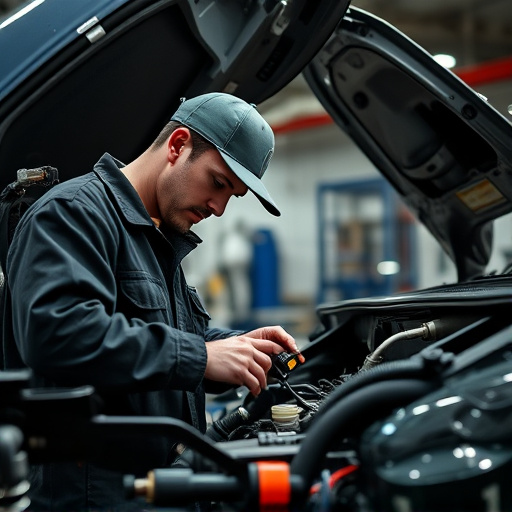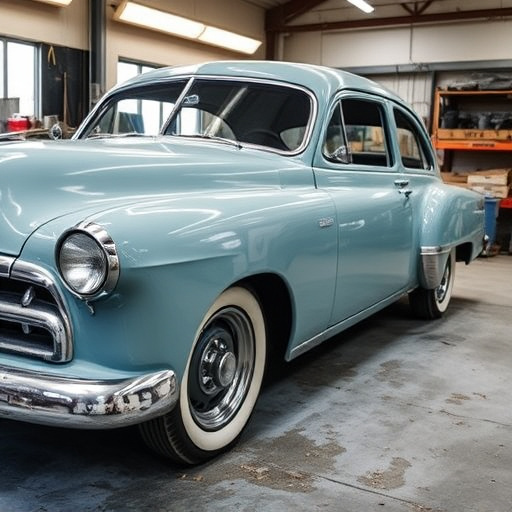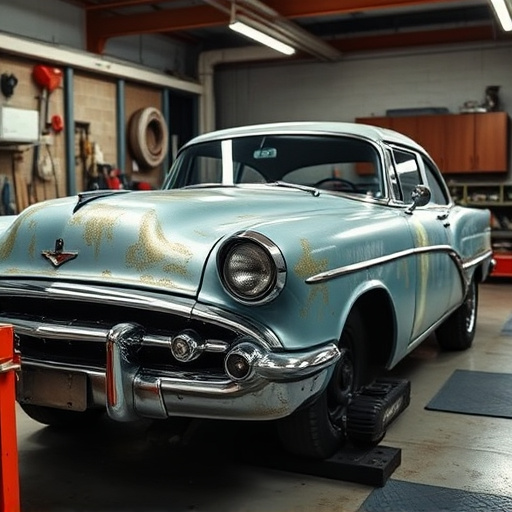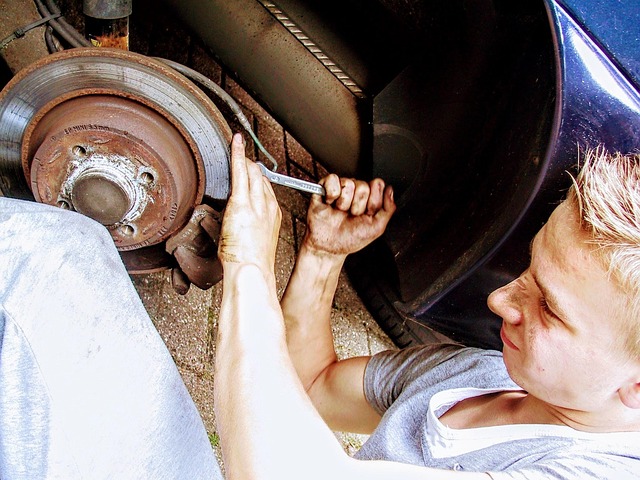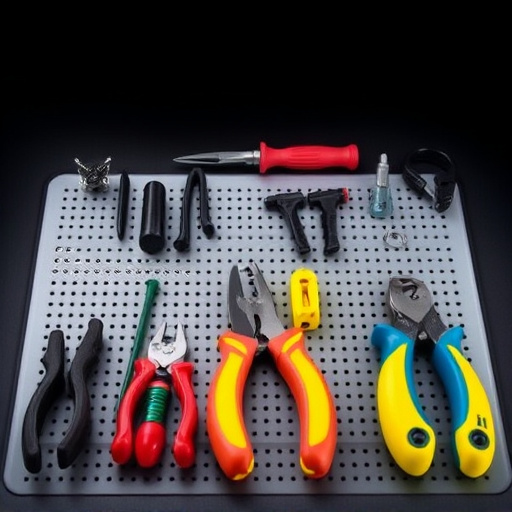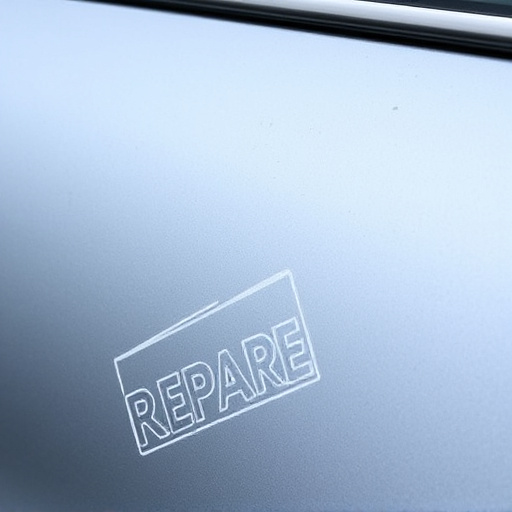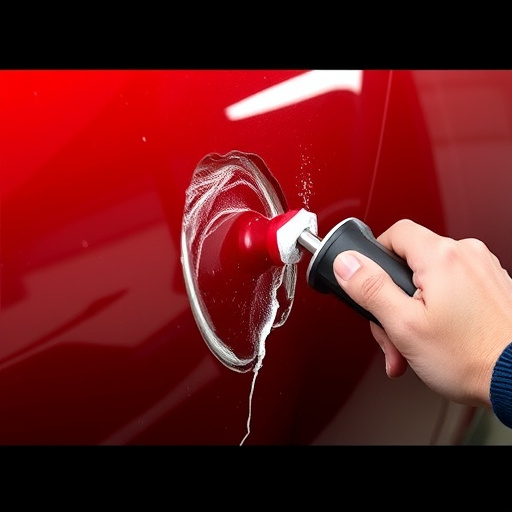Mercedes soft-close doors, known for smooth operation thanks to spring-loaded hinges, dampening modules, and precision sensors, require regular maintenance. Repairs or adjustments should be handled by professionals familiar with their intricate mechanism. Damper and spring assembly issues cause stiff or slow closing doors, requiring expert Mercedes benz collision repair. Simple fixes like lubricating hinges help minor problems; complex scenarios need professional assistance for sensor and spring damage repairs to ensure longevity, functionality, and security.
Mercedes soft-close door mechanisms are renowned for their smooth operation and quiet closure. This feature not only enhances passenger comfort but also adds to the overall premium feel of the vehicle. In this article, we’ll delve into the internal workings of these sophisticated systems, exploring key components like dampers and spring assemblies. Additionally, we’ll offer troubleshooting tips for common issues, empowering owners with the knowledge to address minor repairs themselves, focusing on efficient Mercedes soft-close doors repair.
- Understanding Mercedes Soft-Close Door Components
- The Role of Damper and Spring Assembly
- Troubleshooting Common Issues in Soft-Close Mechanisms
Understanding Mercedes Soft-Close Door Components

Mercedes soft-close doors are renowned for their smooth and quiet operation, thanks to a sophisticated mechanism that’s designed for both functionality and luxury. Understanding the components at play is key when it comes to Mercedes soft-close doors repair or maintenance. At the heart of this system lies a carefully engineered combination of spring-loaded hinges, dampening modules, and precision-tuned sensors. These components work in harmony to ensure doors close gently, without sudden jerks or banging, even under varying weather conditions.
The dampening modules, often made from high-quality materials, play a crucial role in absorbing the door’s kinetic energy upon closing, thereby achieving that suavity. Sensors, strategically placed, monitor door position and speed, ensuring optimal closure every time. In case of sudden obstacles or strong winds, these sensors trigger the mechanism to adjust closing force accordingly, preventing damage and maintaining the integrity of the vehicle’s structure. Regular auto maintenance can extend the life of these delicate parts, contributing to a seamless car restoration experience for owners who value both performance and aesthetics in their vehicles. Moreover, when considering auto body services for repairs or adjustments, it’s crucial to engage professionals familiar with Mercedes’ intricate soft-close door mechanisms.
The Role of Damper and Spring Assembly
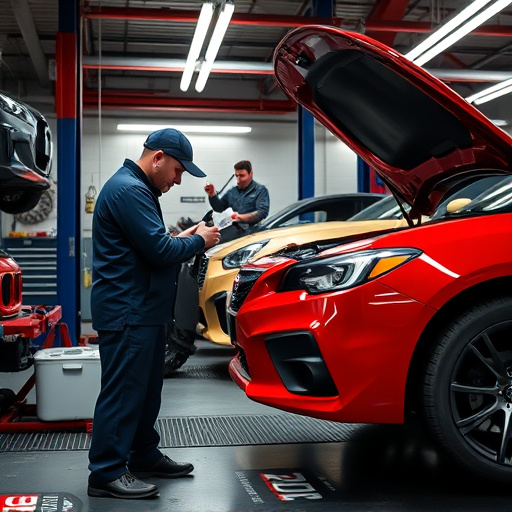
The damper and spring assembly play a pivotal role in the seamless operation of Mercedes soft-close doors. This crucial component is designed to ensure smooth, controlled closure, eliminating any sudden or violent movements. The damper acts as a shock absorber, managing the door’s velocity as it closes, while the spring provides the necessary force to pull the door shut. Together, they create a harmonious balance, preventing the door from slamming and ensuring a quiet, comfortable closing experience.
For those considering Mercedes soft-close doors repair or automotive repair services, understanding this mechanism is essential. When issues arise, such as stiff or slow-closing doors, problems with the damper or spring assembly could be at the root. Promptly addressing these concerns through expert mercedes benz collision repair can not only restore optimal door functionality but also enhance overall vehicle safety and comfort.
Troubleshooting Common Issues in Soft-Close Mechanisms
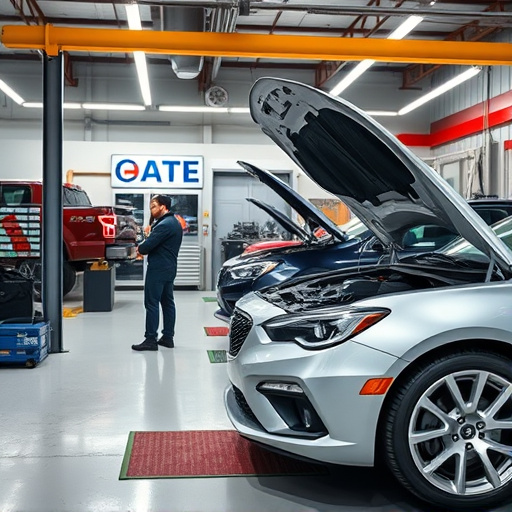
Many homeowners appreciate the smooth, quiet closure of Mercedes soft-close doors, but like any mechanism, it’s not immune to issues. Common problems include slow closing speeds or doors that stick. Often, these can be resolved with simple adjustments or replacement parts. For instance, lubricating hinges and adjusting door limits can fix slow closing doors. If doors stick, check for debris buildup in the tracks or damaged seals.
For more complex issues, consulting a professional is recommended. A reputable collision repair center specializing in automotive repair services can diagnose problems accurately. They may replace faulty parts like damaged springs or sensors responsible for the mechanism’s operation. Even minor repairs should be handled by experts to ensure longevity and proper functionality of your Mercedes soft-close doors, keeping your home secure and noise levels optimal. Remember, prompt attention to these issues can prevent more serious damage or safety hazards.
Mercedes’ soft-close door mechanisms are a testament to automotive engineering, seamlessly integrating dampers and spring assemblies to ensure smooth, controlled closures. By understanding these components and common issues, enthusiasts and mechanics alike can effectively troubleshoot and perform repairs, keeping these features—a signature of quality and convenience—in top working order for Mercedes soft-close doors. For those interested in delving deeper into Mercedes soft-close door repairs, this knowledge is key to maintaining the superior craftsmanship expected from such a renowned brand.
